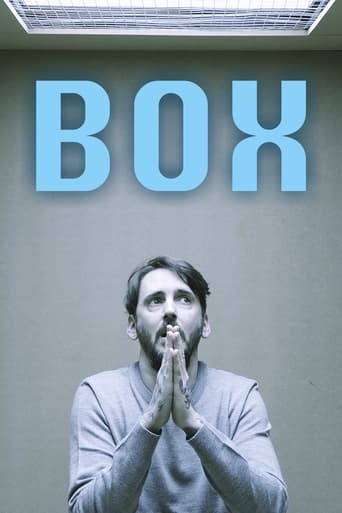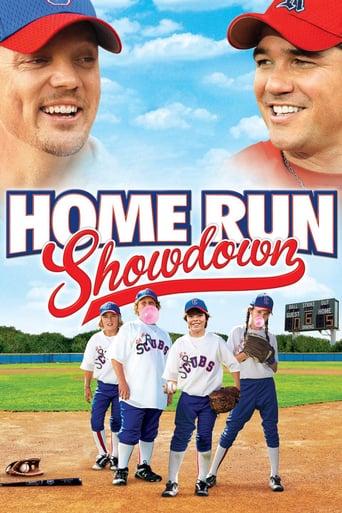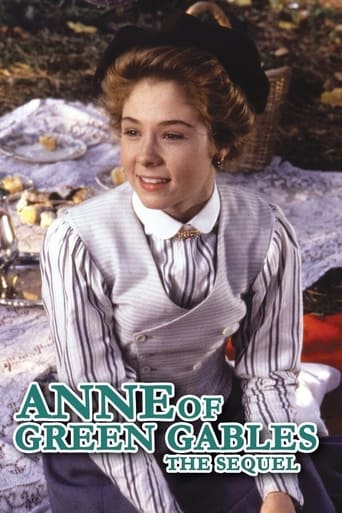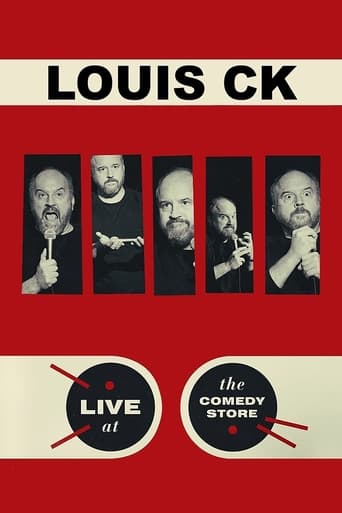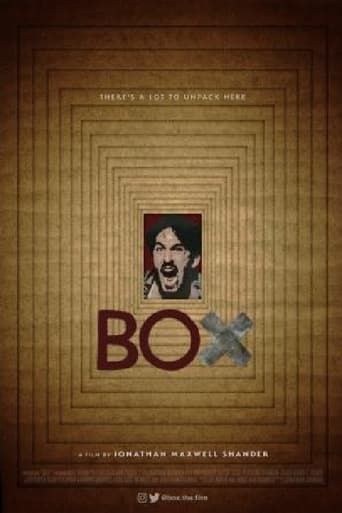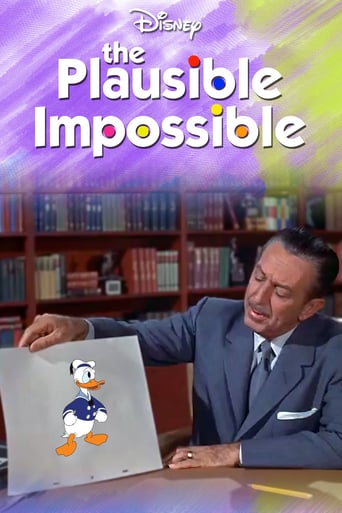


The Plausible Impossible
Walt Disney explains some of the techniques of animation, and includes for the first time the pencil test footage of the "Soup Eating Sequence" from Snow White and the Seven Dwarfs. Walt references a book called "The Art of Animation" which shows a technique that is used in animated cartoons that dates back to the ancient Egyptians and Greeks.
-
- Cast:
- Walt Disney


Similar titles
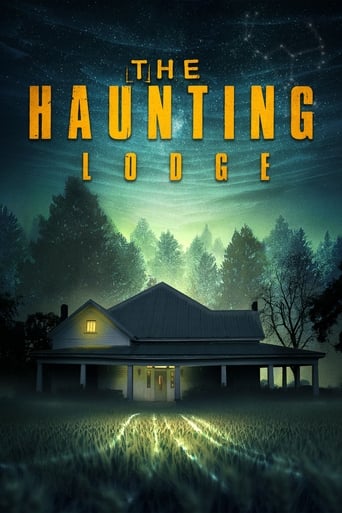


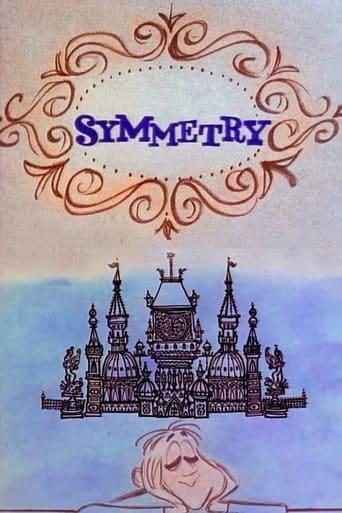
Reviews
Truly Dreadful Film
Great Film overall
Simple and well acted, it has tension enough to knot the stomach.
It’s sentimental, ridiculously long and only occasionally funny
Walt Disney explains the rationale behind the laws of cartoon physics in this episode of The Wonderful World of Color.Uncle Walt justifies them in terms of psychology, and there is some basis in this, but while this is a typically amusing episode of the show, well illustrated with clips from Disney's cartoons, I don't find this convincing. Such cartoons laws as the conservation of gravity -- a character will not fall until he notices he is in mid-air -- originated as a gag, with the cartoon law coming later.This episode is a defense against the claims that cartoon violence causes violence in children. When Donald Duck has a safe fall on top of him and turns into a flattened accordion -- with squeezebox sounds -- psychologists such as Frederick Wertham and Alberta Siegel claimed that violent cartoons made children more violent They claimed that, at least in part, children thought that because shooting Daffy Duck with a shotgun merely made his beak turn around, ready to be snapped back stoically in place, children, that my brother and I fought because we thought there would be no effect. I wish to assure anyone reading this that my brother and I fought because we wanted to hurt each other and that we understood the difference between real people and cartoon ducks on a movie or television screen. Pain was real and made us cry, unlike the coyote after he had fallen several thousand feet with a splat.I don't believe my brother and I were particularly perspicacious. We thought these cartoons were unreal and silly. But who knows? Perhaps the average human being is as humorless and lacking in judgment as Drs. Wertham and Siegel.


